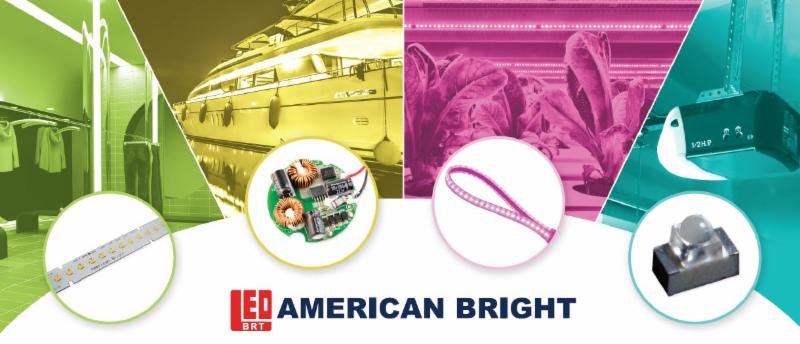American Bright is excited to offer a wider array of photocoupler packages than previously offered!

Highlights

-
High stability structure provides great isolation
-
Wide range of package sizes, pin styles and quantities allows for a multitude of applications in various industries.
-
More photocoupler categories available with differing photosensitive devices
How A Photocoupler Works?
Photocouplers consist of an infrared LED (emitting device) and a photosensitive receiving device optically coupled into the same package. What this does is allows electrical signals to be passed from the input to the output circuit; separated by an isolation barrier that is designed to withstand high voltage levels. This find it’s way in many applications for safety reasons, as well as to prevent the damaging of expensive or important electrical components. For more detailed technical information, feel free to reach out to us at American Bright!

Product Features:
- Different photocoupler categories available: Transistor, Darlington Transistor, TRIAC, High Speed, Schmitt Trigger, IGBT Gate Driver, Photo Relay
- Allows for isolation of high and low voltage components reliably.
- Packages: DIP4, SOP4, SOP5, LSOP4, DIP6, DIP7, etc.,
- Operating Temperature Range: -55°C~110°C
- High isolation voltage: Vrms = 5000 V
Product Applications


Photocouplers are used in solar power applications to isolate user-accessible circuitry and components from the high-voltage provided to the grid.
Programmable Logic Controllers (PLC) use photocouplers to isolate important low-voltage logic circuitry from high voltage transients and higher voltage circuits.


In charging equipment and devices, photocouplers act as a feedback to ensure that the output circuit never exceeds a preset voltage level.
Light dimmers use photocoupler tech to ensure user safety, and also to isolate high and low voltage circuitries in a reliable manner.












